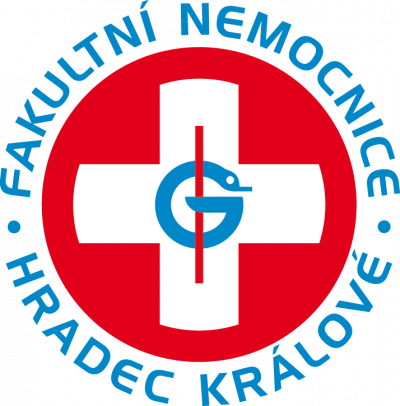System for gait quality monitoring
Technology description
| The name of the technology: | System for gait quality monitoring |
|---|---|
| Challenge: | Multiple sclerosis (MS) is the most common cause of neurological disability in young and middle-aged people. MS has a physical, psychological and financial impact on patients and their families. In particular, gait disorders are a major manifestation of this disease. Up to 85 % of patients with MS identify it as a major problem. The main goal of the project was to analyze and quantify the relationship between motor coordination and gait disorder, to monitor the development of the disorder over time. The follow-up goal is the early warning of people with gait disorders for various reasons (old age, neurological disorders, movement disorders and injuries). |
| Description: |
The technology is based on a set of wearable sensor with a less powerful computing unit for performing the first step of measurement and evaluation and a peripheral unit with higher computing power for subsequent detailed processing of the measured section with several tens of steps. In both cases, the evaluation is performed using several shallow and deep machine learning modules using neural networks to which data from motion sensors are fed. Based on experiments, it was found that the first stage can be performed with a high level of reliability on mobile phones using sensors in these devices, despite a relatively large variation in computing power and quality of sensors in different devices. The second stage of calculations is also feasible on a powerful mobile phone, but with a more significant time lag. Both show the relatively great robustness of the approach used and the relative simplicity of computer performance, especially in the near future. Nevertheless, the solution is developed as basically a separate device for the first step with the possibility of performing the second step on a computer, mobile phone or dedicated device. The following verification was performed: the ability of the system to detect a gait disorder in the first step (in real time) and then in a second step (subsequent processing) to identify a number of different gait disorders, their extent and probable cause of the disorder. First step processing can warn patients or elderly people on the probability of falling. The system helps to monitor the development of diseases and disorders of gait and aim to improve the quality of gait. |
| Commercial opportunity: |
Worldwide, the incidence of MS is estimated to be 2.8 million people in 2020, and this population is on an increasing trend. The highest incidence density is in developed countries - approximately 2-3 times the incidence compared to developing countries, which may be due to the quality of available diagnostics. Therefore, these numbers are considered rather underestimated. If we take into account many other neurological or movement diseases and a group of seniors for the purpose of predicting the probability of falling, the target group of potential users is huge. Currently, technical means are used to evaluate the quality of the gait. Usually a set of sensors located near large joints and on the periphery of the limbs and torso are projected by a suitable software into 3D space over time. According to the trajectory of the movement of individual points an expert clinician diagnoses possible gait disorder of the monitored person and the level of the disorder and possibly compares its development over time. However, individual behavior in the outdoor environment is difficult to simulate in laboratory conditions (speed of movement, disturbing factors, etc.). Our device can do measurements preferably during normal activities of the person. Several use scenarios can be designed at this stage of development. The target goal is to launch a medical level diagnostic device. For the initial entry into the market, it seems to be the most practical introduction of an early warning device alerting, for example, seniors and their families via a mobile phone about a rapid deterioration in the quality of walking and the increasing risk of falling. The target potential users and customers are therefore the elderly, patients of many diagnoses and their families, as well as attending physicians and medical facilities. |
| IP protection status: | Core know-how is kept confidential, filed patent application ready for internationalization / filing of PCT. |
| Development status: |
Phase 2Corresponds with TRL 3 and TRL 4 Feasibility study. There is a realistic design of the technology and the initial tests in the laboratory are leading to the specification of the technology requirements and its capabilities.
|
| Partnering strategy: | Co-development Collaboration investment licensing |
| More information: | |
| Images: | No picture inserted |
| Categories: | Diagnostics Life Science and Health |
| Owner of a technology: | Fakultní nemocnice Hradec Králové |
